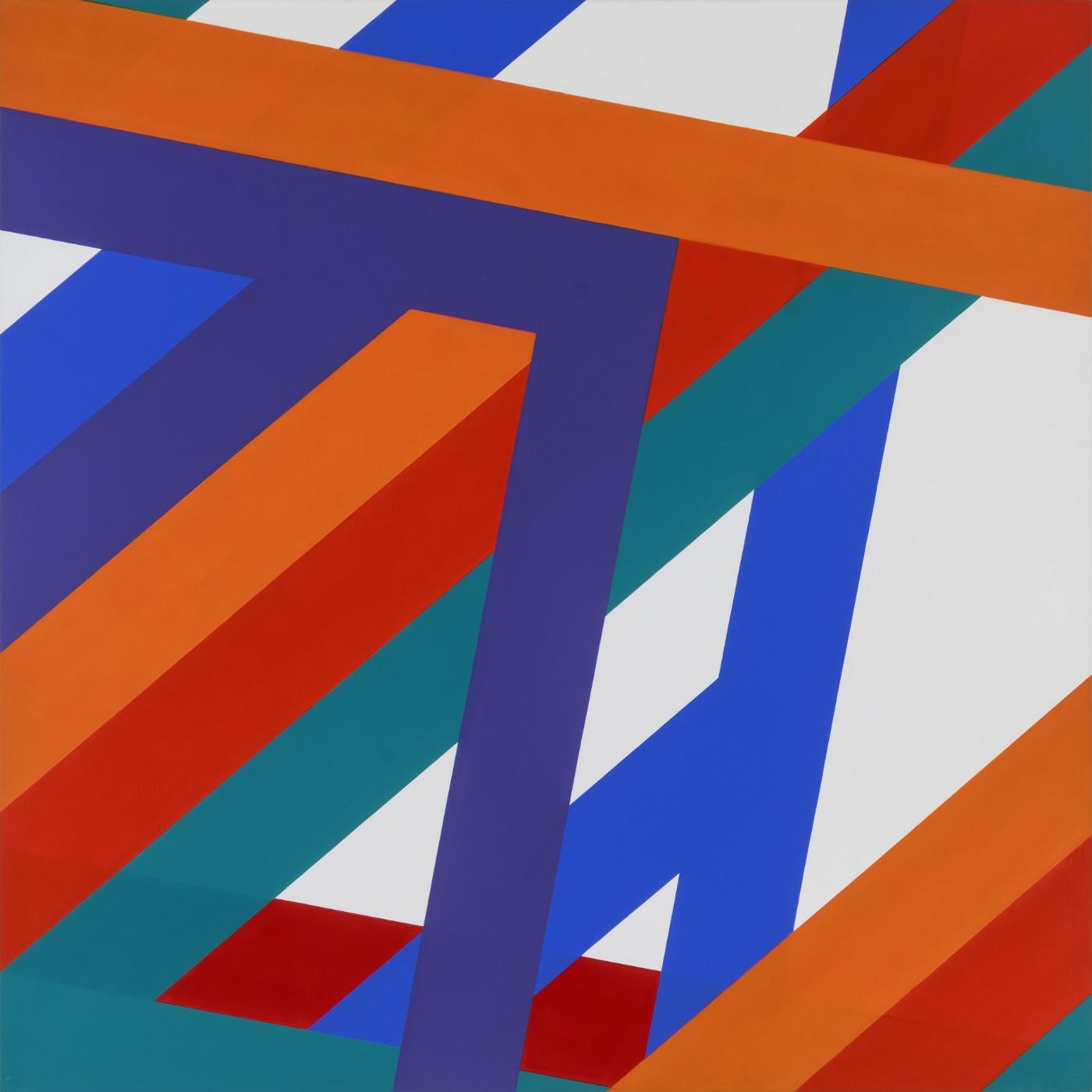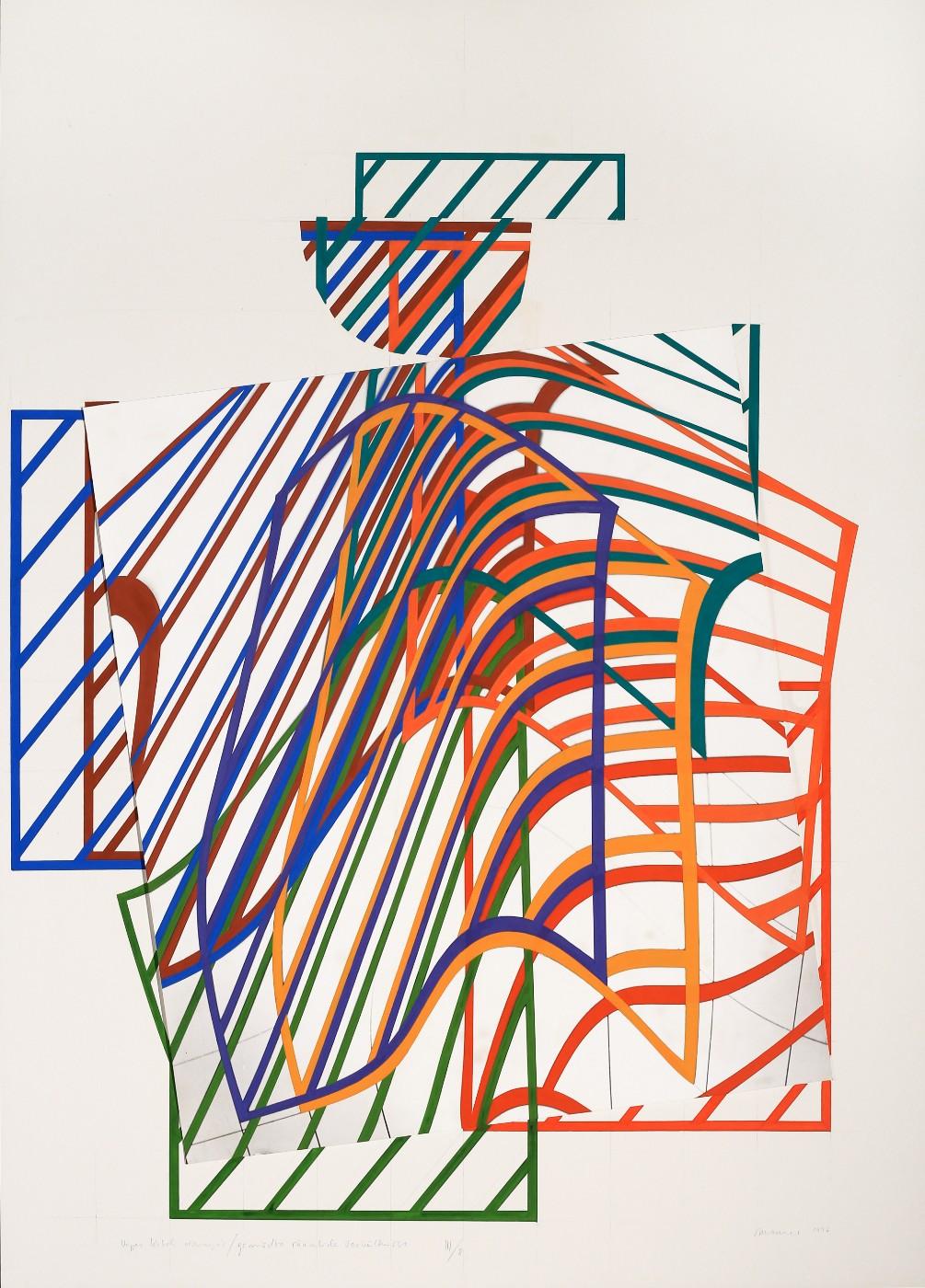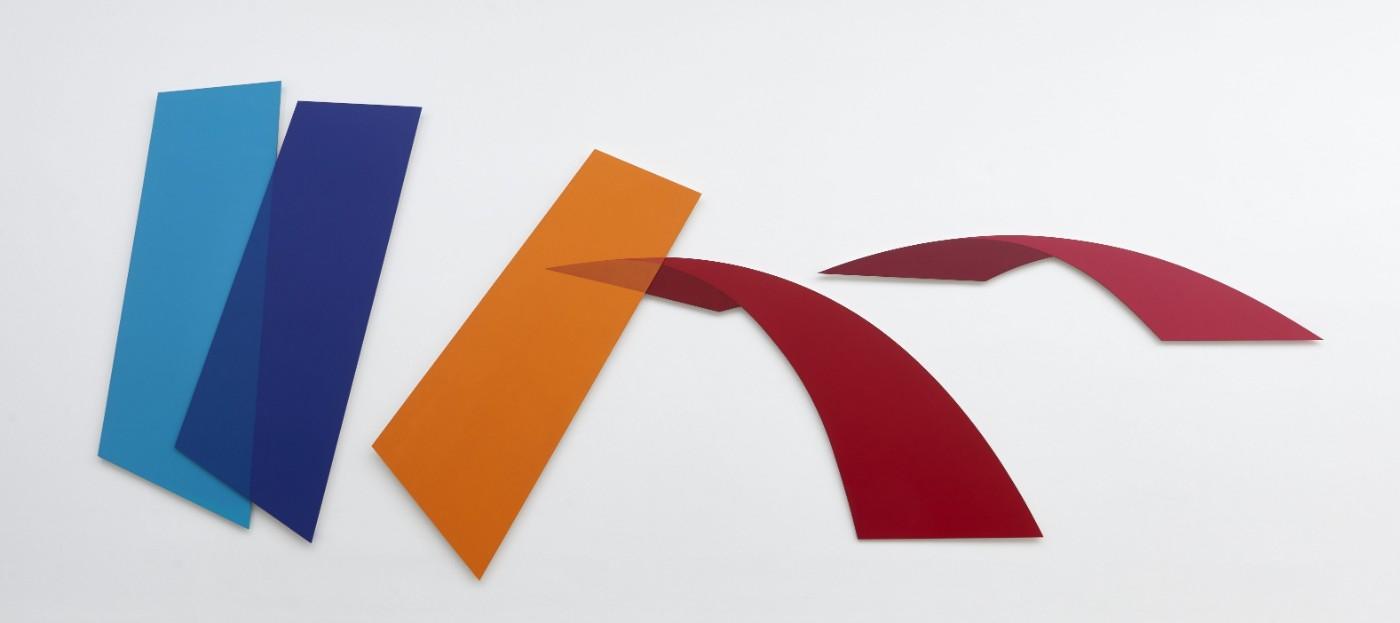Dóra Maurer emerged as part of a generation of neo-avant-garde Hungarian artists in the 1960s, pursuing highly experimental work in parallel to the ‘official’ art system of the socialist regime. As an artist, teacher and curator she developed an international network across Europe and became a hugely influential figure for younger artists. The five room show at Tate Modern will span this diverse career, focusing on the themes of movement, displacement, perception and transformation that she continues to explore in her work today.
Trained as a graphic artist and printmaker in the 1950s, Maurer quickly began pushing the medium to its limits in her early works. The innovative Seven Foldings 1975, for example, involved folding an aluminium printing plate seven times before taking an impression. She then moved towards conceptual photographic series and experimental filmmaking, often exploring abstract sequences and the analysis of everyday gestures. Tate Modern will showcase five of these films from the 1970s and 80s, including Triolets 1981 and Timing1973/1980, which feature the repetition of activities, movements and rotations that have become characteristic of Maurer’s practice.
As her work became more geometric and abstract, Maurer explored system-based painting and the way in which geometric forms are affected by colour and perception. In 1983, a commission for a site-specific project at Schloss Buchberg, near Vienna, gave her the opportunity to expand her painting into three-dimensional space, marking an important shift in her work. Alongside documentation of this commission and several dynamic paintings from the 1980s and 90s, Tate Modern’s exhibition will culminate in a room of Maurer’s recent works, most of which have never been shown in the UK. These large-scale paintings are characterised by bold colour and geometric forms, including Stage II 2016, a six-metre-long work in which brightly coloured shapes create a sense of rhythmic three-dimensional movement through space.



























